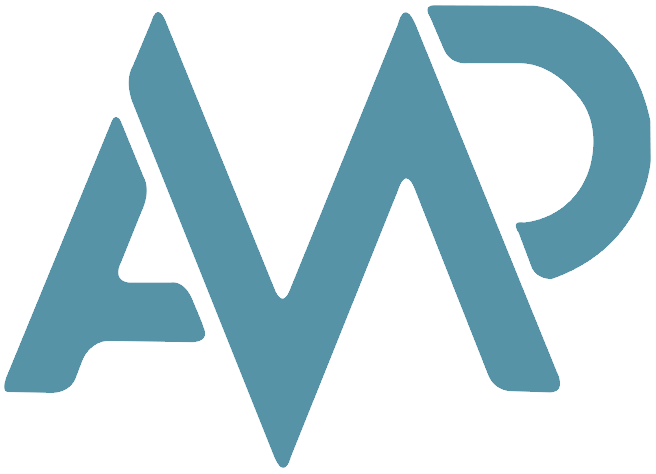Practice medicine
your way.
-

Family Medicine with Obstetrics, Verified Income of $490,000
Iowa -

Missouri No-Call Employed Gastroenterology- $600,000 Base Salary
Adaptive Medical PartnersMissouri -

Clinical Therapy JUST outside Illinois Metro!
Illinois -

Coastal Family Medicine Opportunity — Short Work Week!
California -

Atlantic Coast Hematology/Oncology – Path to Partner!
New Jersey -

General Dentistry in Scenic East Tennessee Practice Setting
Tennessee -

$943,750 First Year Financial Package in the Southeastern U.S. Practice
Georgia -

Neurologist Extraordinaire: Your Next Chapter Starts Here
Virginia -

Atlantic Coast Hematology/Oncology – Your Exclusive Path to Partnership!
New Jersey -

Outpatient Primary Care Memphis, TN $225,000+ annually
Tennessee -

OBGYN with $700,000 + Earning Potential!
Minnesota -

Outpatient Psychiatry Opportunity in Metro Austin
Texas -

OBGYN Opportunity in Charming Oklahoma
Oklahoma -

Oklahoma Pediatric Physiatry Position
Oklahoma -

Oklahoma Pediatric Physiatry Opportunity
Oklahoma -

$179,087 First Year Financial Package in Central Washington Primary Care Opportunity!
Washington -

$450,000 Lakeside OBGYN opportunity before bonuses
$450,000 Lakeside OBGYN opportunity before bonuses!Midwest -

Mid-Atlantic Urology Opportunity – Award Winning Hospital System Expanding Urology Services
Pennsylvania -

Outpatient Internal Medicine – $310,000 with 7 weeks PTO!
Kansas -

Director of Behavioral Health Opportunity – Beautiful Smoky Mountains of Tennssee
Tennessee -

Outpatient Neurology – Midwest Metro!
Missouri -

Neurology Opportunity with Lakefront Living
Indiana -

Outpatient Endocrinology Opportunity in Eastern Georgia
Georgia -

Maine Family Medicine – Outpatient Group- Weekends Free!
Maine -

Illuminate Your Radiology Career
California -

Pulmonologist Opportunity – Join a Growing Team in the Mid-Atlantic Region!
Virginia -

Body Imaging Radiology Opening in Chicago! Physician Owned and Physician Led Private Group – Partnership Track
Illinois -

$620,000 Income in the Northwest
Washington -

$713,000 First Year Financial Package Urology Practice with One of the Largest Health Systems in Pennsylvania
Adaptive Medical PartnersPennsylvania -

Diagnostic Radiology Breast Imaging Specialist $700,000+ Annual Potential
California -

$263,000 First-Year Financial Package – Live and Work in Stunning Central California!
California -

General Dentist Needed – Beautiful Smoky Mountains
Tennessee -

$373,750 First Year Financial Package in Charming Southern Community Practice
Georgia -

Transform Lives While Living Your Best Life: Premium LCSW Role Near Silicon Valley
California -

Director of Occupational Therapy – Beautiful Coastal California
California

